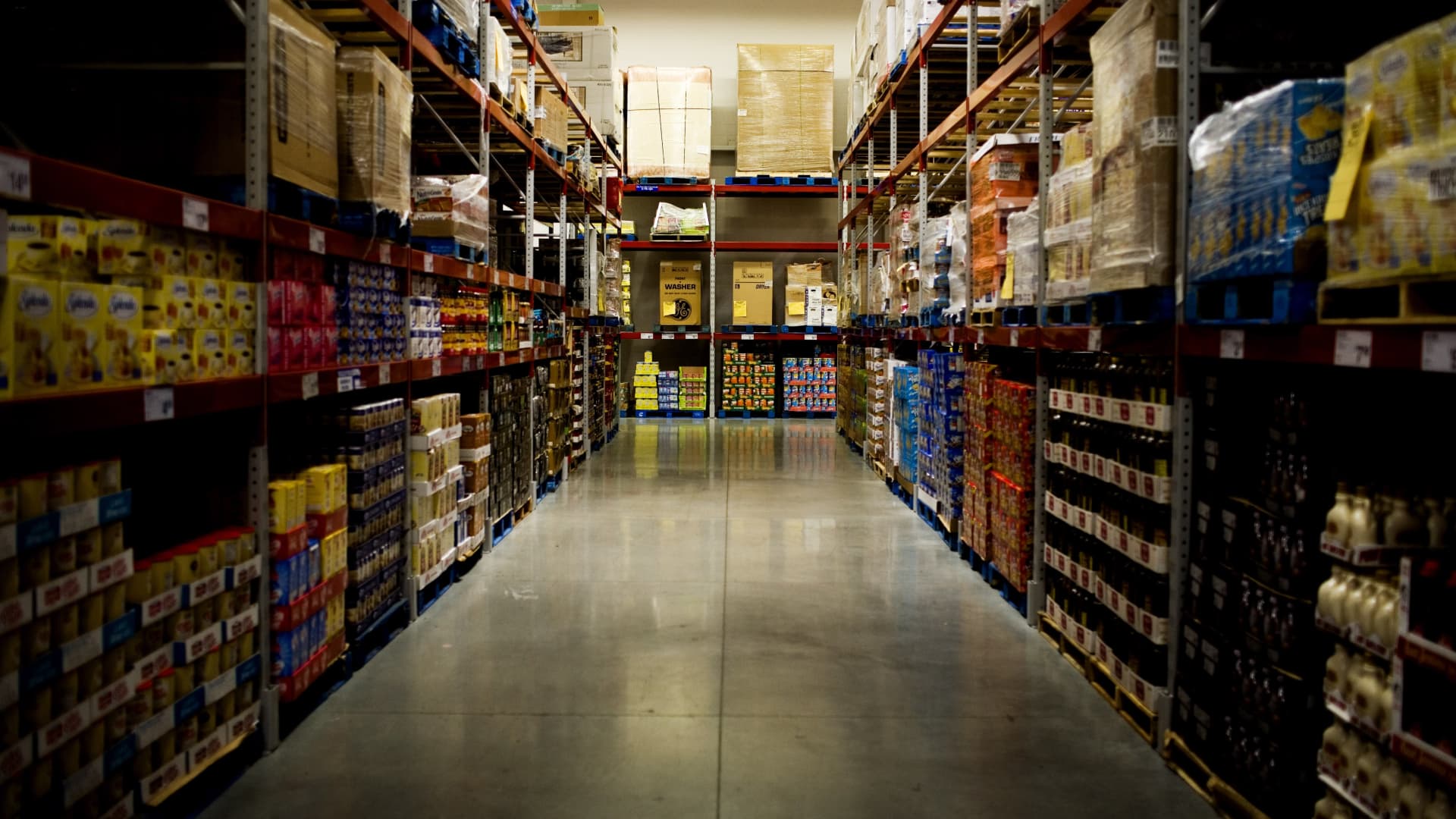Cargo theft, led by food and beverage, is surging across the US


Food and beverage coming into port or in a warehouse is No. 1 on the list of products being targeted by freight thieves who are increasing their criminal activity across the national supply chain. It’s a sign of the economic times, and adding further pressure to the high prices faced by consumers during an elevated inflation environment.
“During the financial downturn in 2008, we saw a theft shift towards food and beverage where it stayed in that spot until the end of 2019,” says Scott Cornell, transportation lead and crime and theft specialist at insurance provider Travelers. “In 2020, we saw the target move to household goods, because we were all at home. In 2021, electronic theft was high due to some shortages as a result of all the working and schooling from home.”
While household goods and electronics are still high on the list of cargo thieves, “Now, we’re starting to see food and beverage commodities pull up front,” Cornell said.
According to CargoNet’s latest theft report through February, there was an almost 50% increase year over year in beverage and food cargo theft. January had also posted a 50% increase in this theft category. The average value of the theft is $214,0000 per load.
According to the FBI, cargo theft is estimated to cost trucking companies and retailers at least $15 billion to $30 billion a year. It is adding to the supply chain disruptions that have fueled inflation.
Since 2011, Travelers’ special investigations group — which has a high-tech sting trailer that is equipped with hidden cameras and GPS tracking devices to capture thieves — has worked with law enforcement agencies to recover more than $85 million in stolen goods.
More cities seeing spikes in stolen freight
The cargo theft is spreading to more key points within the national supply chain, Cornell said, with the combination of high population density combined with the ports, warehousing, and rails leaving freight vulnerable.
Cities that are seeing a spike in freight theft include Los Angeles, Houston, Miami, Savannah, Newark, New Jersey, Memphis and Chicago.
Most notable, he said, was the increased activity far from top targets like Los Angeles.
“We’re seeing a pretty unusual spread into the interior of the United States like Memphis and Chicago because they’re basically inland ports with heavy rail and a heavy density in population,” Cornell said. “We are also seeing an increase in strategic theft spreading out across Texas, Alabama, and Missouri.”
Cyber criminals inside the supply chain
While physical theft remains the primary form of cargo crime, thieves are targeting their victims through cyber scams and identity theft, creating fictitious pickups, also referred to as “strategic theft.”
Thieves pretend to be a legitimate trucking company, operating on load boards (online freight management systems) or call freight brokers and shippers directly to solicit the ability to move loads.
“A lot of times, they will get away with it,” Cornell said. Coming into 2023, there was a 600% annual increase in this type of theft, CargoNet reported, and that trend has continued through January and February.
As the logistics industry moves more data to electronic systems, thieves will have more opportunities to steal cargo if freight owners and logistics providers are not careful.
“The more that’s done remotely gives them the ability to stay arm’s length away and pretend to be somebody else,” Cornell said. “There’s really no difficulty for them to assume the name of a trucking company.”
Freight thieves can monitor when loads are moved, and often conduct surveillance around distribution centers, watching the movement of trucking companies that go in and out.
“And then they basically just pretend to be that company on paper, or over the internet. They submit the paperwork to get a load assigned to them and if they are not caught, they pick up that load and disappear,” Cornell said.





